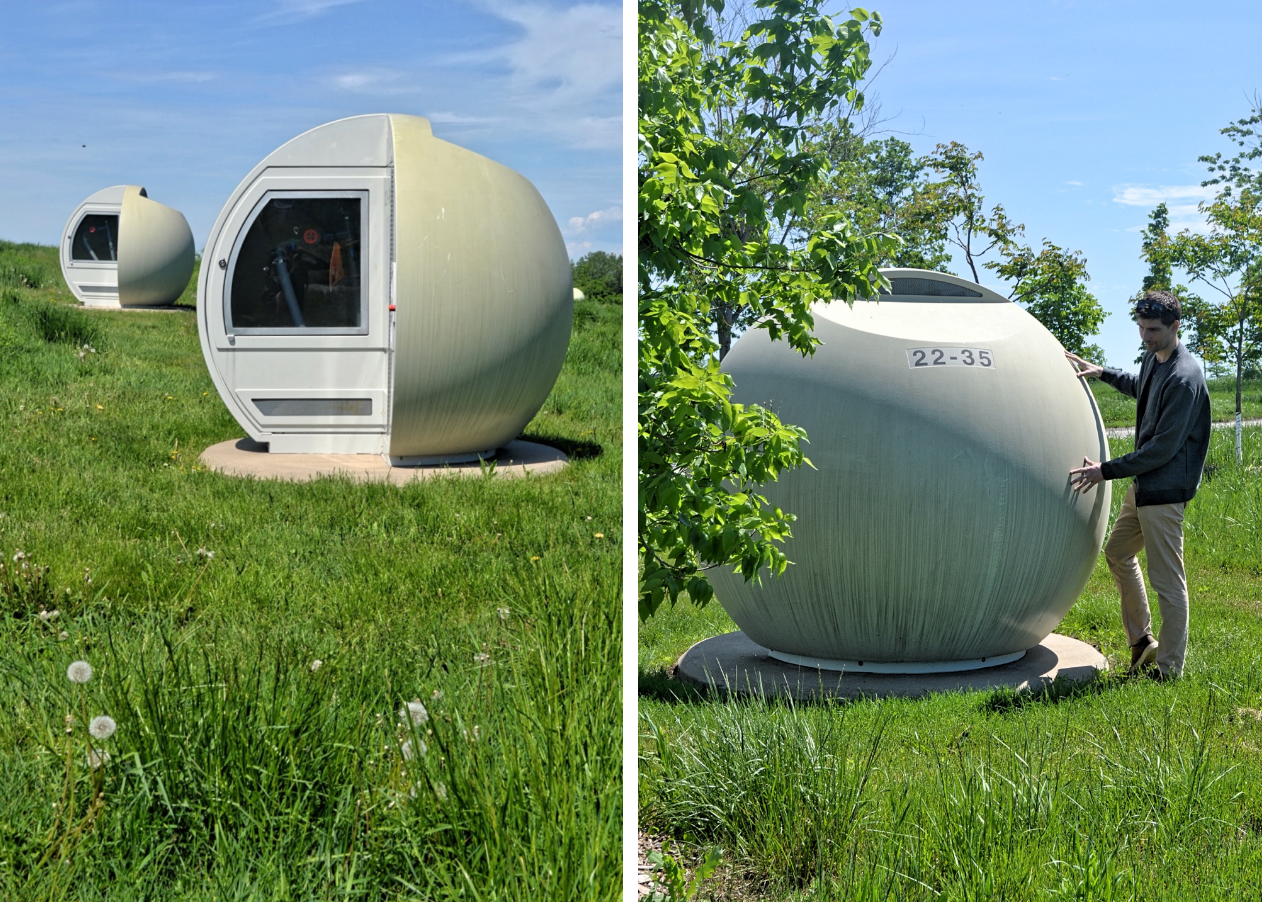
Where did the ‘Alien Park’ come from?
In Montreal, there’s a park that makes you feel like you’re on another planet. People have been calling it “Alien Park”. The scenery shifts in front of your eyes.
Although Montreal has some of the largest municipal parks in North America, one park in particular stands out. To get to this park, leave Montreal’s downtown district and travel north to Parc Frédéric-Back. Frédéric-Back constitutes a “unique metamorphosis” that you need to see to believe.
This entire area is a giant science lab. There are white pods as far as the eye can see. What exactly are these machine-like objects? Bio-gas wells are the official name for the pods. On the interior, they are hollow, exactly like a typical well. The main distinction is that they were designed to contain gas from deep within the ground. You can really hear the gases being gathered if you stand extremely close to them.

Where did it come from?
It began in 1995 as a former quarry and dump site surrounded by a hypnotic wide green space and has since grown into one of Montreal’s most fascinating sites.
The Parc Frédéric-Back, which is part of the Saint-Michel Environmental Complex and is built on the site of a former quarry and city waste, is Montréal’s most ambitious environmental rehabilitation project. It is now the site of a big green space dedicated to the environment and culture, thanks to its layout and the variety of activities it offers.

It’s in the Villeray–Saint–Michel–Parc–Extension borough, and it’s part of the Saint-Michel environmental complex. The 192-hectare site was once a limestone quarry and is now a landfill. It’s undergoing a redevelopment that will see the majority of it transformed into a park. The park’s heart is encircled by a 5.5-kilometer track. The park will have a total area of 48 hectares by 2020. The park will be 153 hectares in size after the makeover is completed.
The park has a zero waste status in order to create awareness of a new way of looking at consumption. This implies that there will be no collection equipment in the park, and each visitor will be responsible for bringing it’s own trash out. It’s “one of the most ambitious environmental remediation projects ever attempted in a North American city,” according to the report. The project is expected to be completed in 2026.
The Pods:
There are also white pods scattered around the landscape, which are unlike anything else in the area. Instead of water, they fill up with gas from deep inside the earth, and you can hear them filling up if you listen attentively. All of this is part of the park’s new renewable energy system. This location is one of the most ambitious in the area, with everything from a landfill to sustainable energy.
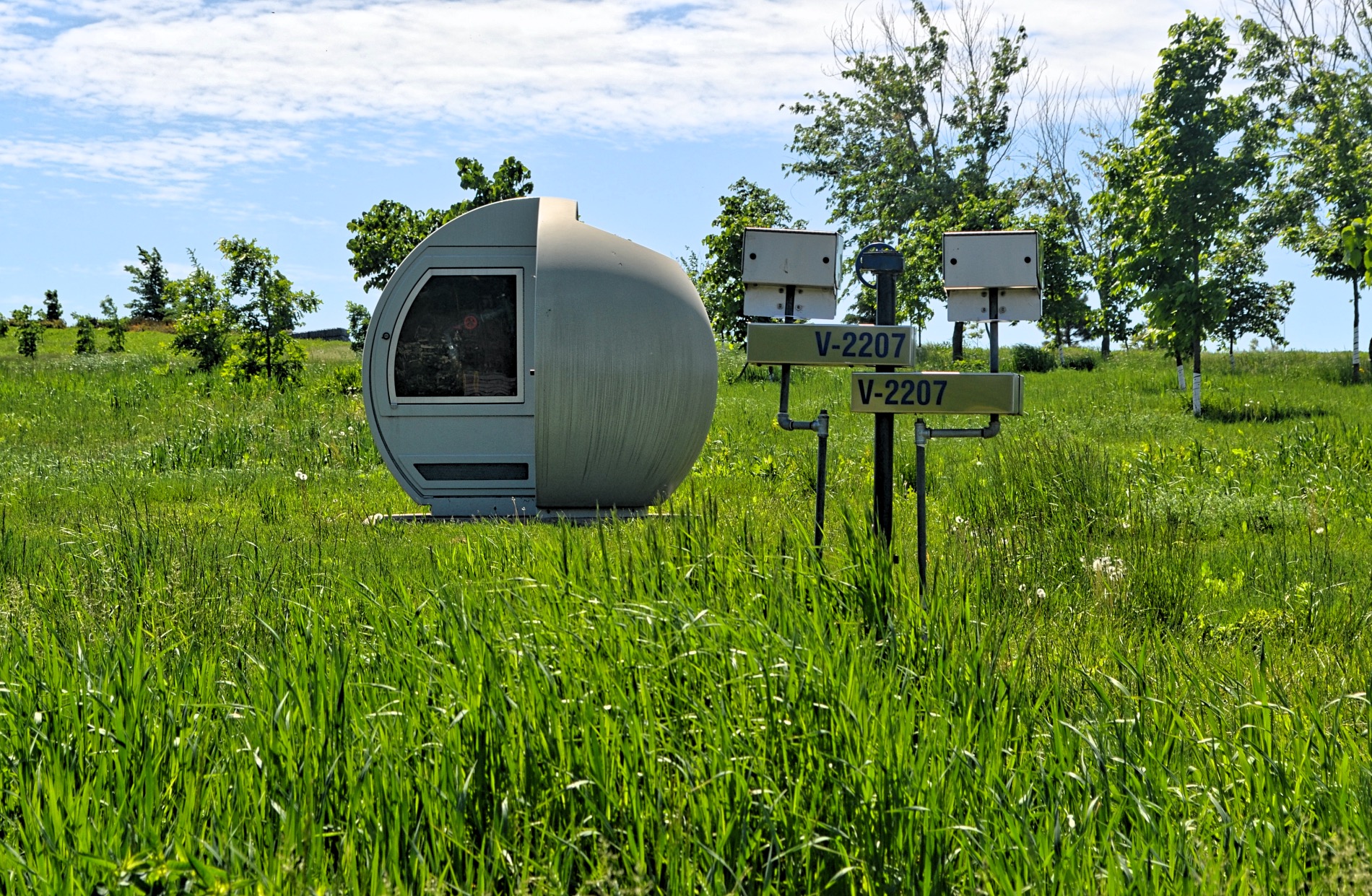
If that wasn’t enough to pique your interest, after the sun sets, the pods begin to glow with a bright green light, which is biogas collected from the ground.
The complex also includes a recyclable material recovery centre, an electric power station that runs on biogas, and a composting site, in addition to the park. The park’s eastern part is littered with white spheres meant to protect the biogas gathering wells. Due to the nature of its content, their spherical shape is meant to avoid any ground movement (of the waste). They’re also phosphorescent, giving off a green glow at dusk.
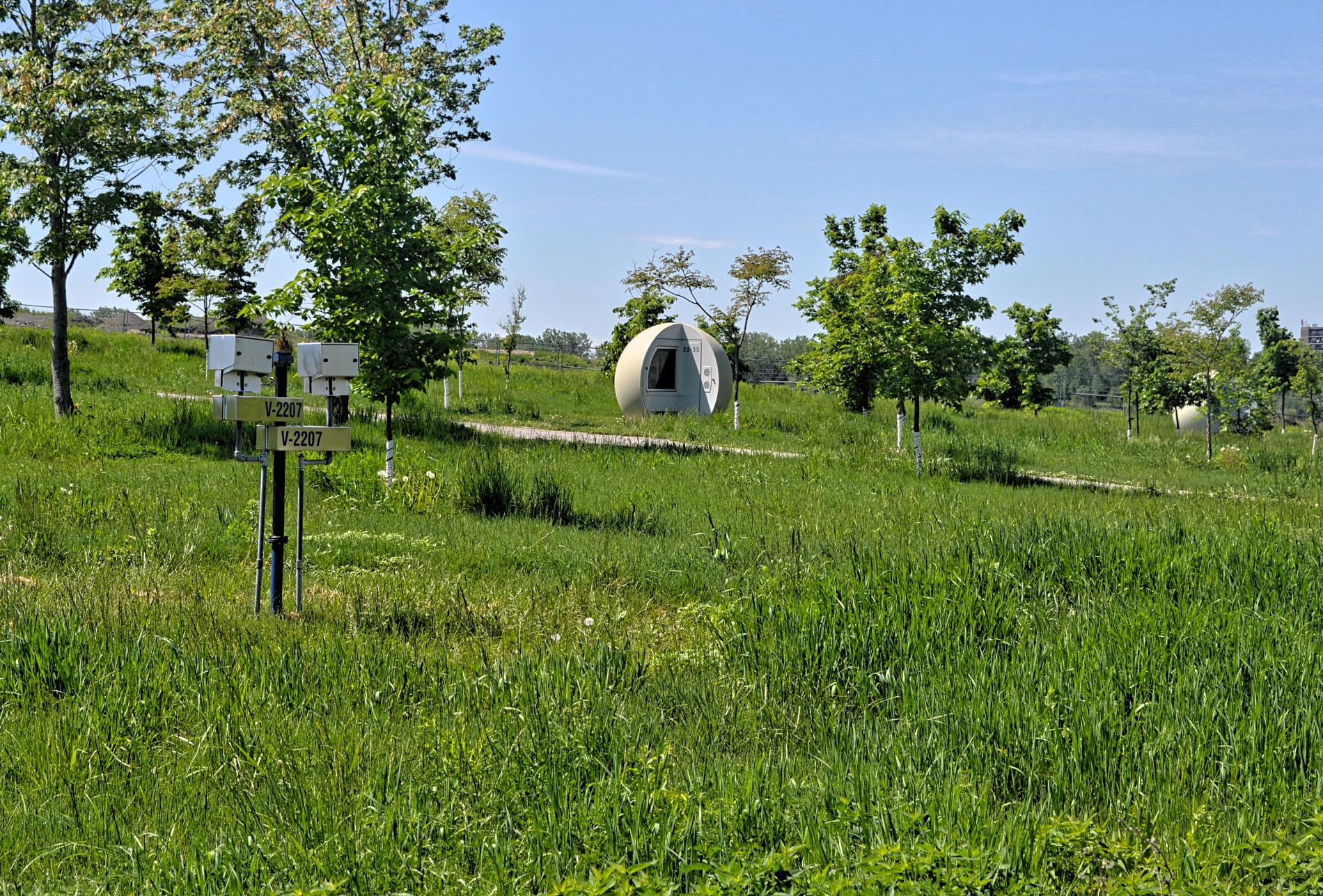
There are currently 250 biogas-capturing wells scattered on the 192-hectare site to capture the gases emitted by the former landfill. The spherical pods are accessible while allowing access to visitors at the site. The bizarre orbs appear to be at ease in the middle of a huge landscape, nestled among tall, windswept grasses and other indigenous species that make up the ecosystem’s intended sustainability and biodiversity.
. . .
Hike Length: 5.5 km loop
Amount of Time to do: 2 hours
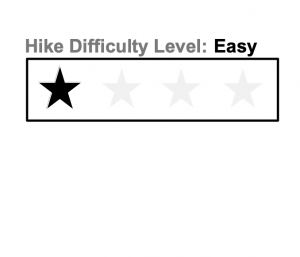
. . .


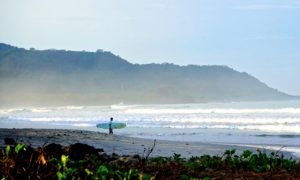

Comments (1)
Jenny Jenny
June 14, 2022 at 7:15 pm
Wooow wonderful 🤗
Excellent content 🤩
Really worth the wait always 💯
Awesome and beautiful pictures 😍
Well done 👏🏼
I extra love it 🫠
Thanks Julz ❤️💋